What is Shingles?
Shingles, also called herpes zoster, is a skin disease caused by the Varicella-Zoster virus, the same virus that causes chickenpox.
Despite being caused by the same virus, chickenpox and shingles are different diseases. Shingles is a reactivation of the chickenpox virus, which usually occurs decades after the patient has been infected for the first time.
Anyone who has ever been infected with the varicella-zoster virus has it “dormant” in their body for the rest of their lives, controlled by the immune system. The virus can wait decades for an event that weakens the immune system to “wake up” and replicate.
When this happens, the reactivation of Varicella-Zoster does not cause a new episode of chickenpox, but rather a case of shingles, which is clinically quite different.
This article will show you pictures of the typical skin rash of shingles. For more detailed information about the disease, please visit the following link: Shingles (Herpes Zoster): Causes, Symptoms, and Treatment.
Images of Shingles Rash
The typical shingles rash is characterized by multiple and grouped reddish vesicles that are typically restricted to a small area of the body, such as the face, trunk, or one of the limbs.
The rash typically starts as reddish bumps in one area of skin or several nearby areas. The pattern of the rash in herpes zoster matches the nerve pathways of the affected ganglion.
After a few days, clusters of small fluid-filled sacs or blisters will appear and become the main sign of the condition. Within three or four days, the rash will become filled with pus. In individuals with weakened immune systems or those who are elderly, the rash may be hemorrhagic.
The way in which the shingles lesions are grouped, usually in a “stripe” and never extending beyond the midline of the body, is the most crucial characteristic for diagnosing the infection.
For individuals with a healthy immune system, the blisters will dry up and form crusts within 7 to 10 days, making them no longer contagious. However, scarring and changes in skin color, either lighter or darker, may be present for several months to years after the herpes zoster infection has resolved.
References
- Shingles (Herpes Zoster) – Centers for Disease Control and Prevention (CDC).
- Shingles (herpes zoster) – Public Health England.
- Epidemiology, clinical manifestations, and diagnosis of herpes zoster – UpToDate.
- Images: Shutterstock.
- Images: Depositphotos.
Author(s)
Pedro Pinheiro holds a medical degree from the Federal University of Rio de Janeiro (UFRJ) and is a specialist in Internal Medicine and Nephrology, certified by the State University of Rio de Janeiro (UERJ) and the Brazilian Society of Nephrology (SBN). He is currently based in Lisbon, Portugal, with his credentials recognized by the University of Porto and the Portuguese Nephrology Specialty College.

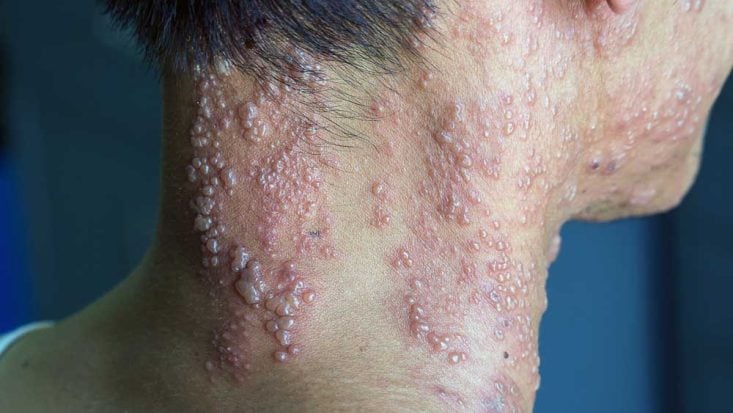
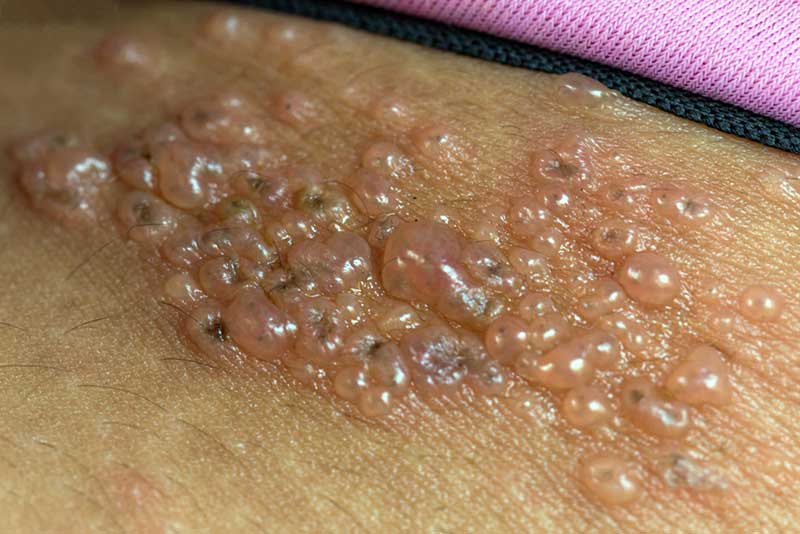
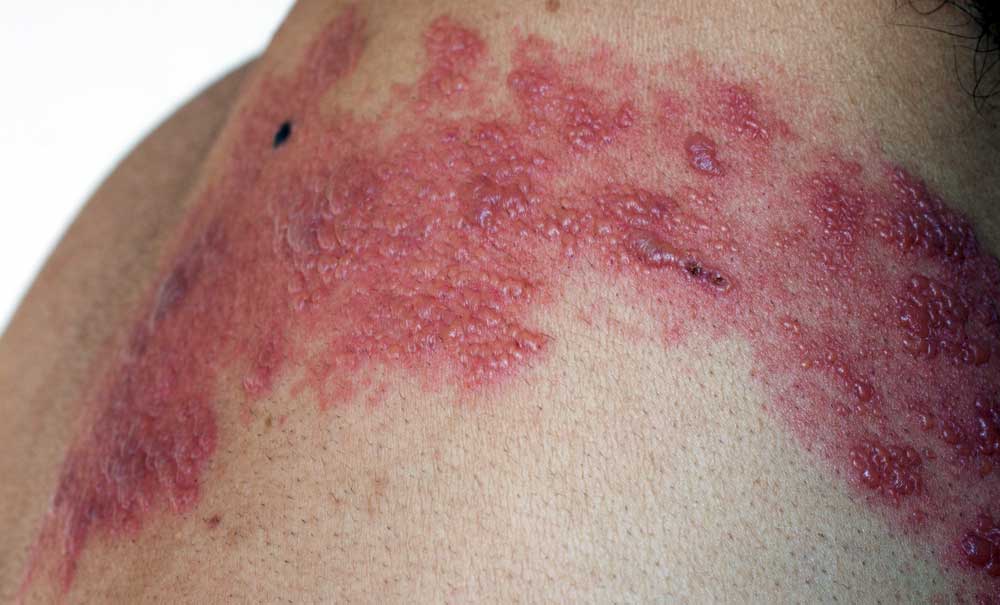
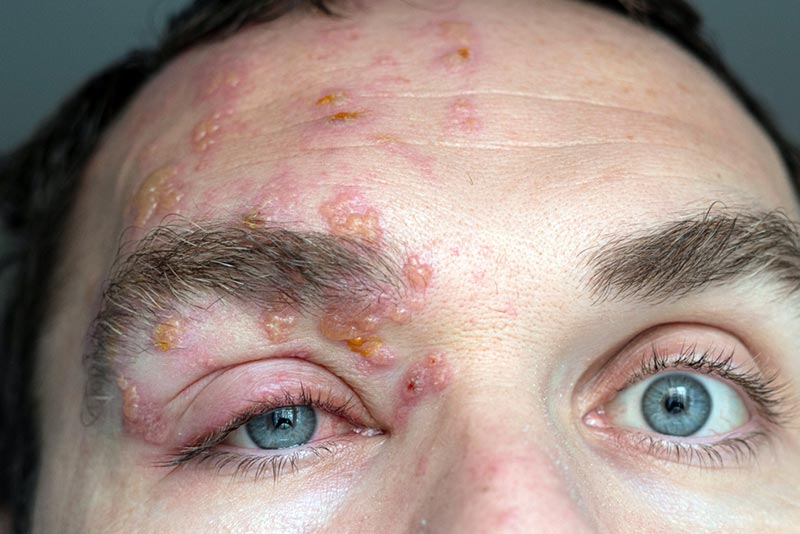
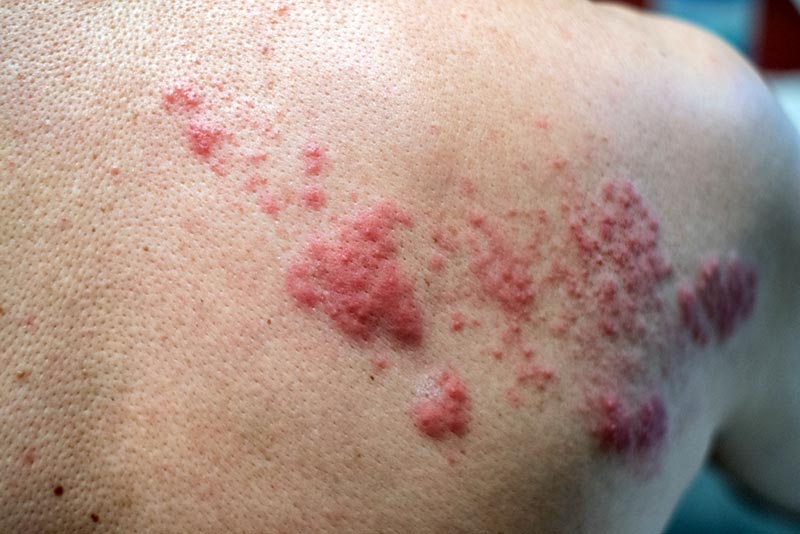
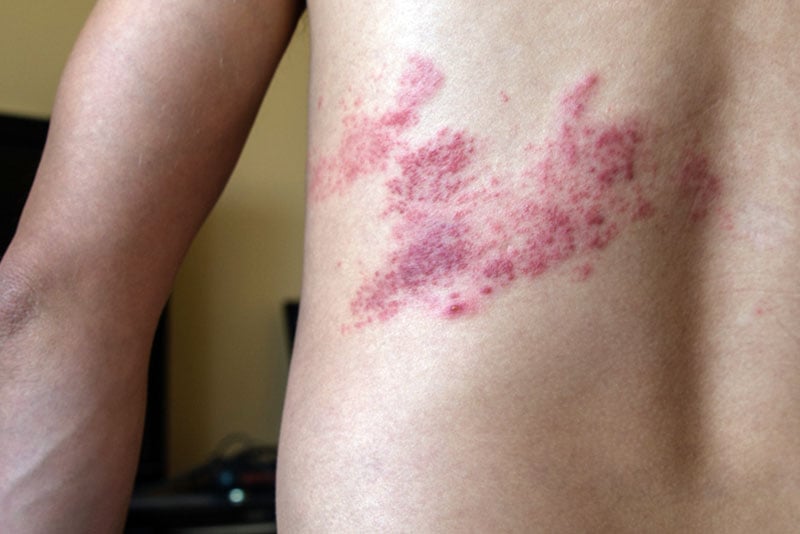
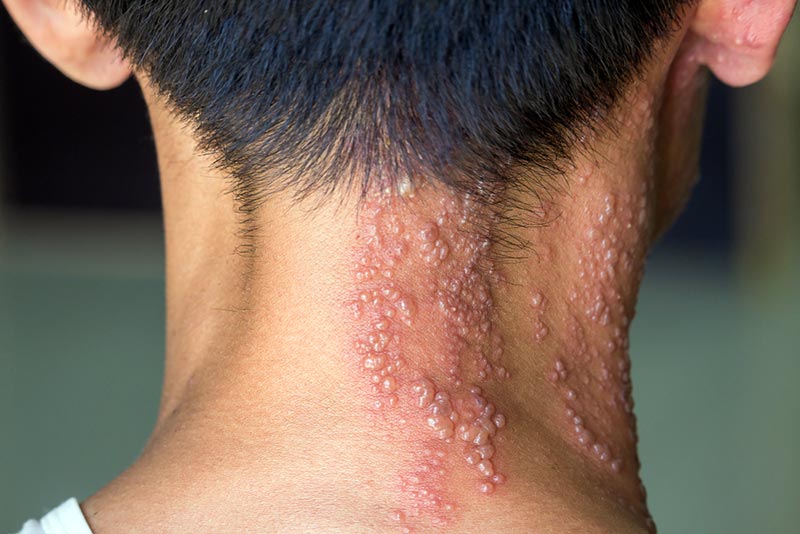
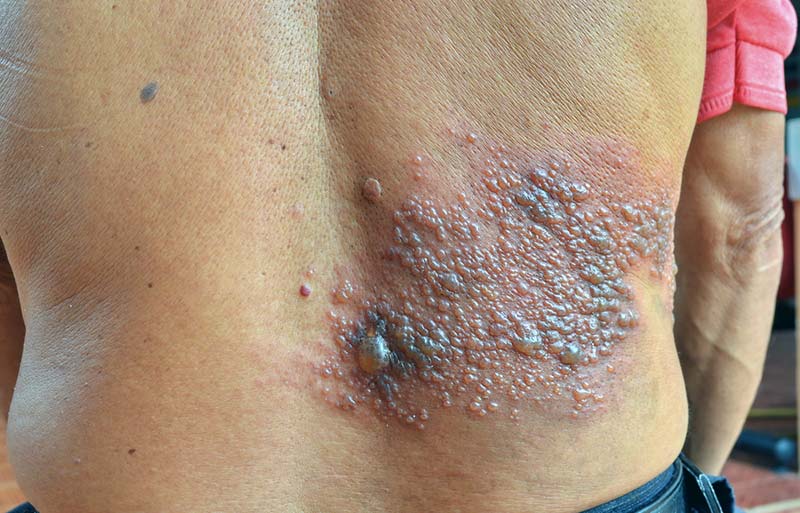
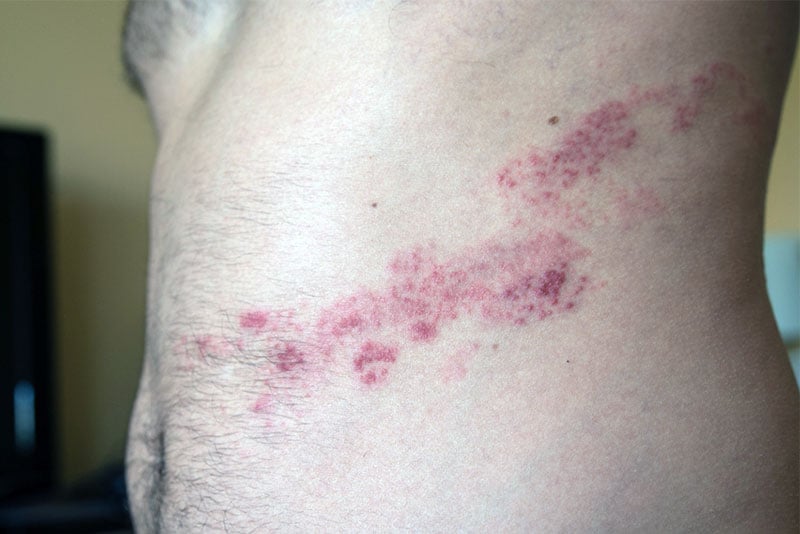
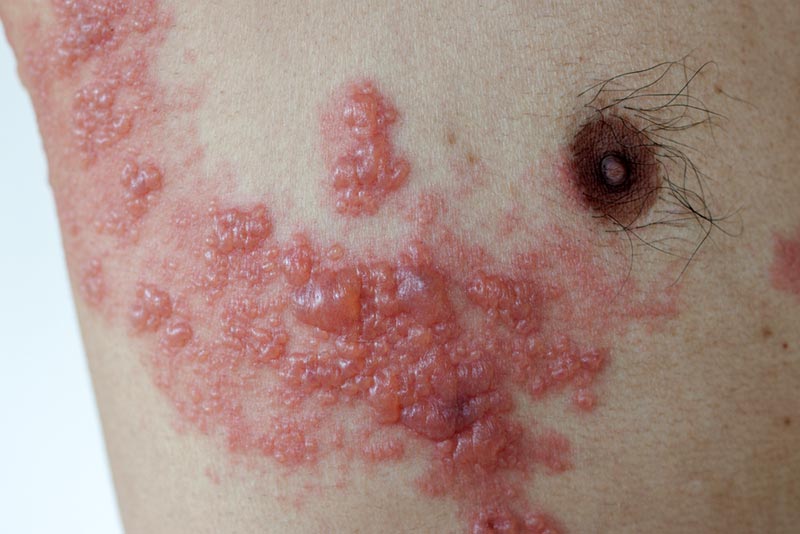
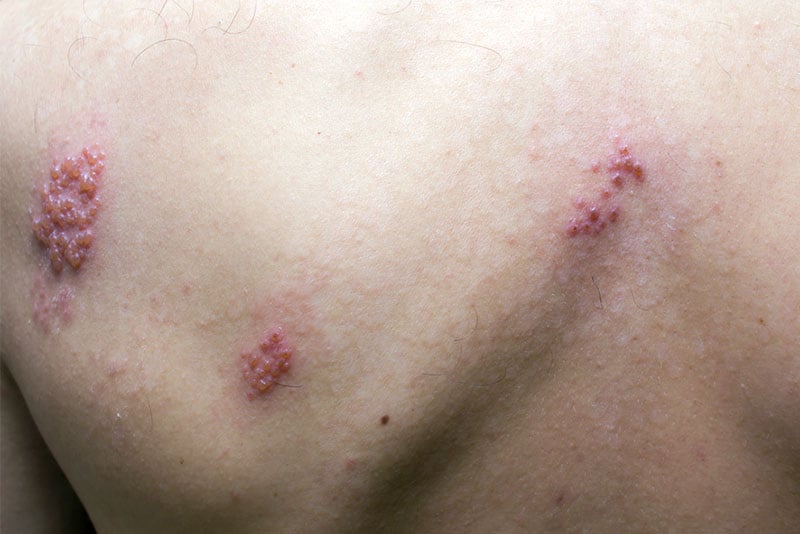
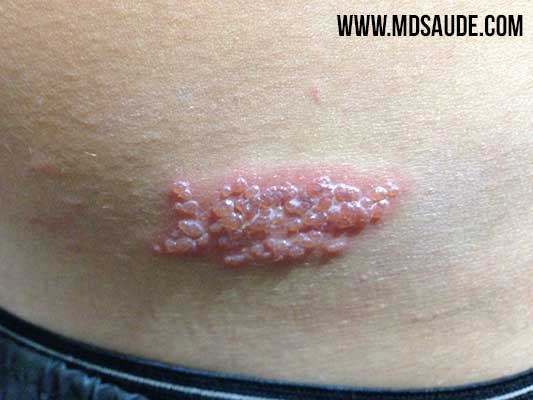
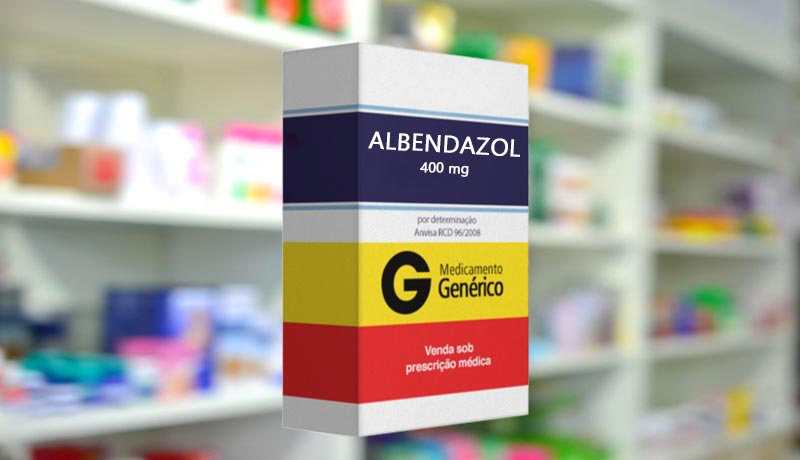
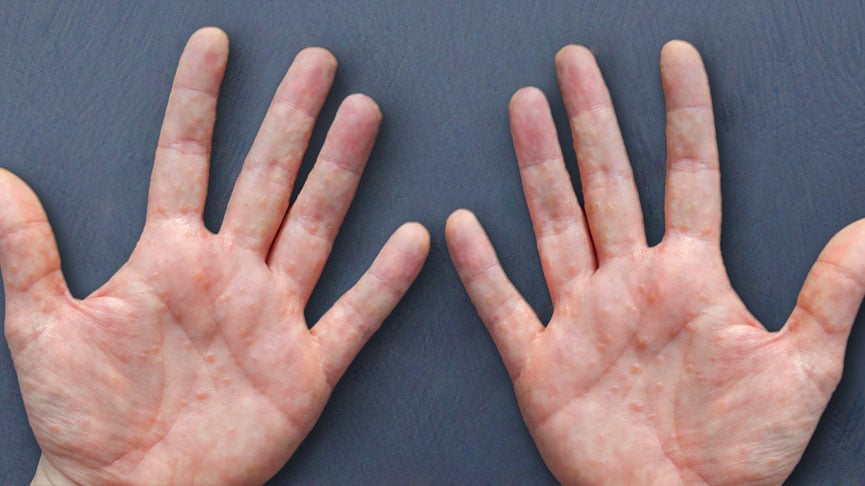

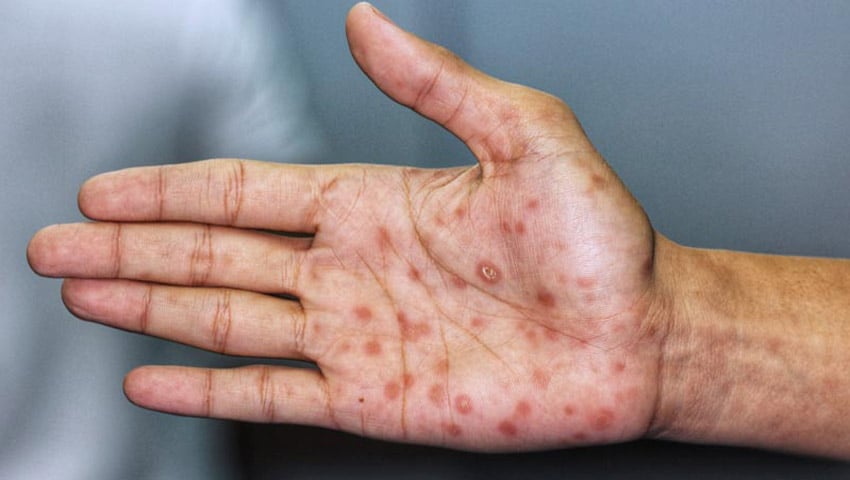
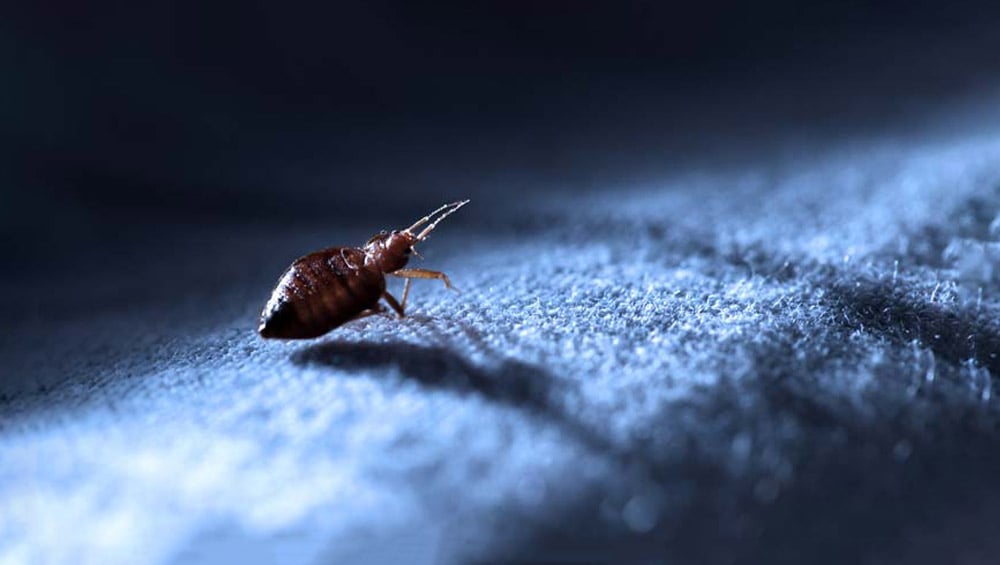
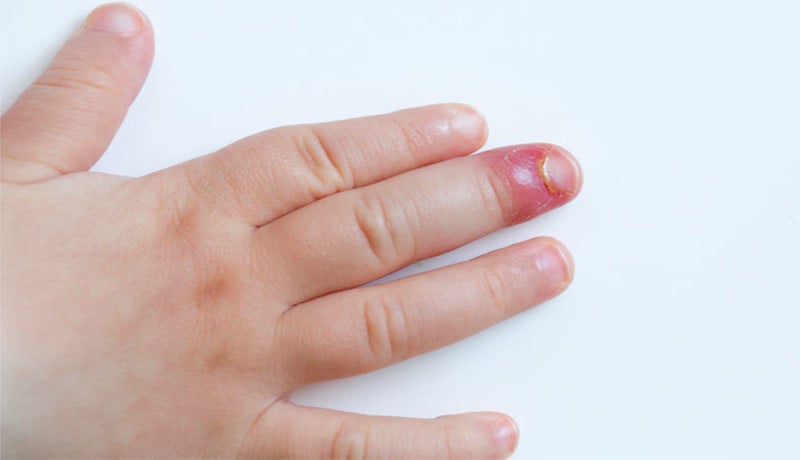

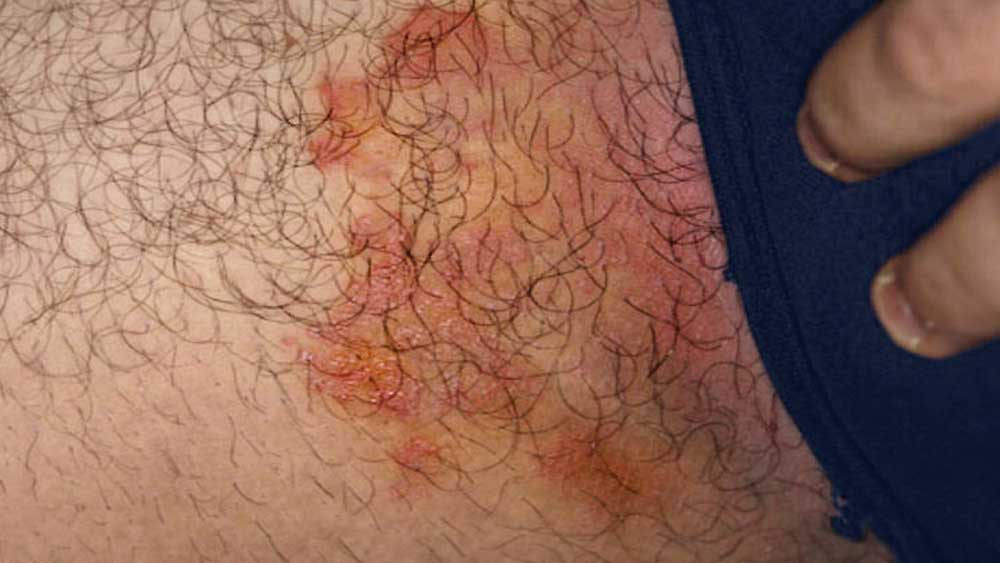
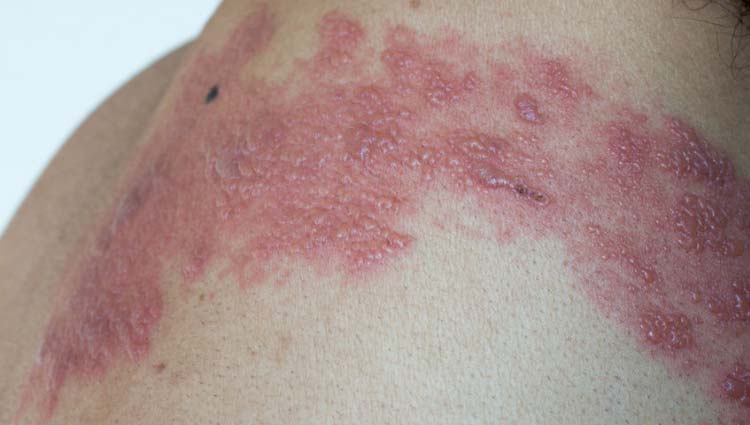
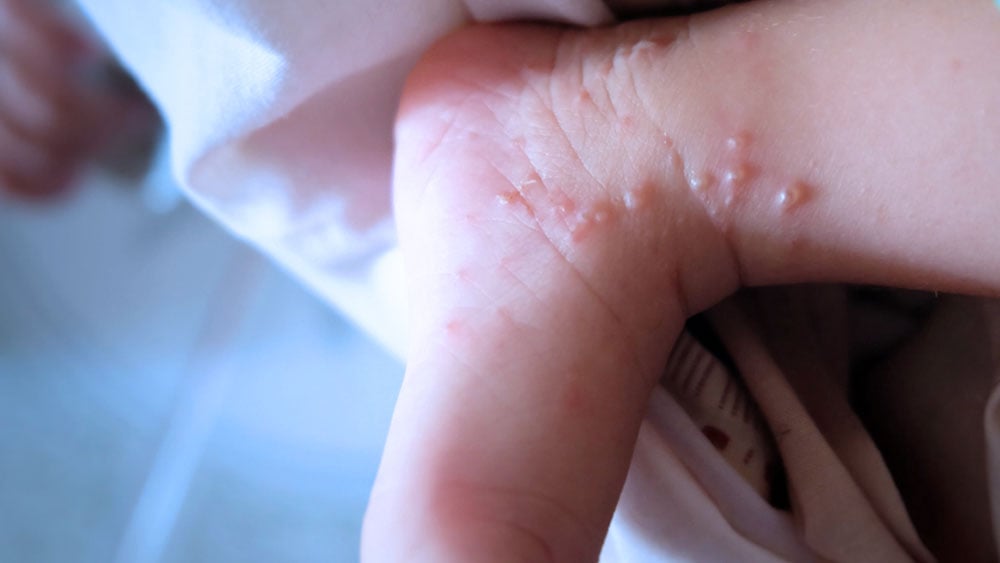


Leave a Comment